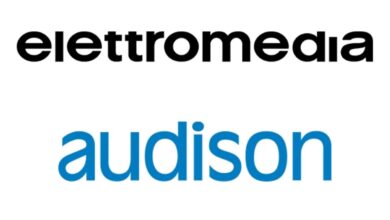Increasing Efficiency in Laboratories

Research and testing take time, but grant makers and clients want results. Labs that produce, measure, or test drugs, equipment, or biological specimens must operate efficiently to keep pace with demand, without sacrificing the quality of those results. Increasing efficiency in laboratories is a cost-effective way to manage growing demand.
Go Paperless
Digitize your data and develop a secure network where lab scientists and technicians can share information and protocol without resorting to reams of paper. Be sure to have robust back-up systems in place. Searching a shared drive is much faster than crossing a room to look up a procedure or previous results in a physical binder.
Use Automation
Does your lab use processes that could be automated (like pipetting?) Are you using bar coding and integrating automated systems with lab management systems? Automation and robotic assistance in the lab can be expensive, but investing in the best equipment is one strategy to increase efficiency in laboratories.
Analyze Processes
Take a look at how long it takes for staff to complete each step of each process and identify bottlenecks and slowdowns. Do people have to walk across the lab to get supplies, complete experiments, mix solutions, or access equipment? Can you reorganize things to make the process more efficient? Discover whether there are unnecessary redundancies or repetitive processes with too many steps and invite staff input on how to streamline their work.
Offer Ongoing Staff Training
New standards, methods, and processes appear every year or two; it’s critical that laboratory staff have the opportunity to stay up to date on standards and methods for accuracy and reliability. Look into live or online training for scientists and technicians in your lab to help them stay up to date.
Streamline Workstations
Ensure that everything a technician or scientist needs is within easy reach, and that supplies are well organized and labeled. Laptops and tablets allow a more free-form organization, but remind staff to keep them away from liquids and sinks. Allow staff to arrange their instruments efficiently, and make sure workstations are positioned appropriately for right-handed or left-handed staff so people don’t get in one another’s way. Set up fixed equipment where it is convenient to use and think about the paths staff must travel to get at the tools they need to use.
Hire Great People and Match Roles to Skills
Increasing efficiency in laboratories ultimately depends on people and how committed they are to maintaining efficient practices and processes. Human resource management can make or break your lab, because morale and buy-in are critical to the success of any new efficiency measures. Define roles and responsibilities and ensure lab staff understand you value their work. Invite their input into review of procedures for ways to make workflow more efficient. Match skills to roles and check in frequently to see how people are doing, where they encounter obstacles, and what they think they do best.
Clean and Calibrate Equipment Regularly
Schedule regular times to clean and calibrate your equipment, to avoid breakdowns in the midst of testing or experiments and to ensure accuracy of results.





